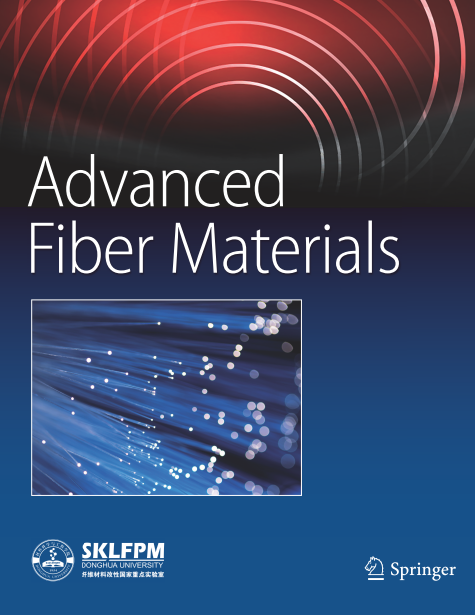Multi-bionic Strategies Integration in Cellulose Nanofiber-Based Metagels with Strong Hydrogen-Bonded Network for Solar-Driven Water Evaporation
Abstract
Although the application of solar-driven interfacial evaporation technology in the field of seawater desalination has seen rapid progress in recent years, mediocre water evaporation rates remain a longstanding bottleneck. The key to resolving this bottleneck is leveraging strong hydrogen bonding to reduce the enthalpy of evaporation for water molecules and inputting environmental energy. This study presents a novel approach for reducing the enthalpy of vaporization by introducing a hydrophilic inorganic material Al(H2PO4)3 (AP) on the surface of cellulose nanofibers (CNF) to form an inorganic‒organic hydrogen-bonded network in cellulose-based hydrogels (labeled 3DL Metagel). This network structure accelerates the diffusion of water molecules between CNF, as confirmed by molecular dynamics simulations. Specifically, inspired by multiple biological traits found in nature, the 3DL Metagel evaporator integrates a lotus shape, Janus wettability (the superhydrophilic lotus-like flower with hydrophobic lotus-like leaves) and plant transpiration, resulting in superior water evaporation rates of up to 3.61 kg·m−2·h−1 under 1.0 solar radiation (exceeding the limit of two-dimensional evaporators). The unique lotus shape enables 3DL Metagel to draw additional energy from the environment during desalination, resulting in a maximum water evaporation efficiency of 94.94%. The dual porous structure with Janus wettability endows the evaporator with self-floating ability and a unidirectional salt ion reflux channel during the evaporation process, providing a salt-resistant technology for seawater desalination. Noteworthy, evaporator can be used for efficient outdoor water purification in arid areas with extremely low humidity and is biodegradable and biocompatible. The integration of an inorganic‒organic hydrogen-bonded cross-linked network and biomimetic features achieves high-efficiency photothermal water evaporation, offering novel insights for the rational design of efficient evaporators for solar desalination and wastewater purification.
Graphical Abstract

 求助内容:
求助内容: 应助结果提醒方式:
应助结果提醒方式:


